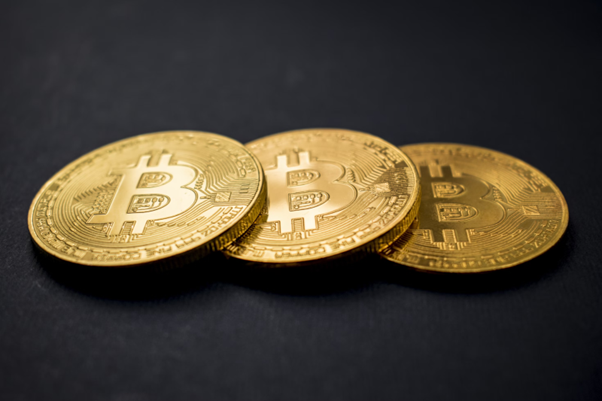United States-based spot Bitcoin exchange-traded funds (ETFs) experienced significant inflows of $488.1 million on June 5.
However, data from Google indicates that public interest in these ETFs remains low compared to the 2021 bull run, suggesting that retail investors have yet to re-enter the market.
On June 4, the ETFs saw their second-highest inflow day, totaling $886.6 million.
The following day, inflows were approximately half that amount, with the Fidelity Wise Origin Bitcoin Fund contributing the largest portion at $220.6 million, according to Farside Investors data.
BlackRock’s iShares Bitcoin Trust followed with $155.4 million, and the Grayscale Bitcoin Trust, despite net outflows exceeding $17.8 billion since January, recorded $14.6 million in net inflows.
Despite the robust inflows and Bitcoin’s surge past $71,000, Google Trends data shows minimal search activity related to Bitcoin and Bitcoin ETFs in the U.S. compared to 2021.
On June 5, searches for “Bitcoin” scored 31 out of 100, while “Bitcoin ETF” scored only 1.
Other terms like “Bitcoin price” and “crypto” scored 18 and 13, respectively, but these numbers are still significantly lower than those during the 2021 bull run.
READ MORE: Former FTX CEO Sam Bankman-Fried Returned to Brooklyn’s MDC Amid Appeal Efforts
Interest in crypto-related searches has diminished over the past year, with notable spikes on January 11, when the U.S. approved 10 spot Bitcoin ETFs, and on March 5, when Bitcoin surpassed $69,000 for the first time since 2021.
Search interest for “Bitcoin” peaked in May 2021. This was shortly after Bitcoin first surpassed $50,000, eventually reaching its all-time high of nearly $69,000 in November 2021.
Crypto analyst Miles Deutscher highlighted in a June 6 X post that viewership of crypto-related YouTube channels has significantly declined from 2021 levels, despite Bitcoin achieving new highs.
In 2021, crypto YouTube viewership was around four million daily views, but it dropped to about 800,000 views per day in 2024.
“Retail isn’t back yet,” Deutscher asserted.
“There is no indicator in the world that sums up the current state of the market better than crypto [YouTube] views.”
To submit a crypto press release (PR), send an email to sales@cryptointelligence.co.uk.









